KASHI JOHNSON is an actress, director and Associate Professor in the Department of Theatre; where she teaches courses in performance, Hip Hop theatre and directs plays. Dedicated to cultivating voices from the Hip Hop generation, Professor Johnson has been nationally recognized for her research in Hip Hop theatre pedagogy and given talks about her groundbreaking Hip Hop theater course ‘Act Like You Know’, for national speaking platforms like TEDx and BlackademicsTV.
They say if you want to tell your story, the best way to do it is to tell it yourself. Over the past year, I’ve done exactly that by gathering and organizing over 10 years worth of student devised Hip Hop theatre video performances, newspaper articles, and images that document my work in Hip Hop theatre; by collaborating with a very talented, very patient web designer, on the re-design of my YouTube channel, creation of a digital archive and design of my professional website www.kashijohnson.com.
The YouTube channel, Kashi Johnson, now features over 200 video clips of Lehigh student performances in Hip Hop theatre. The videos are organized into chronological playlists that can be easily accessed by anyone. Since the channel update, the view counts on my videos has more than doubled with 11,600 views and counting. I am pleasantly surprised at how well the channel is doing and look forward to continuing to build this archive with such a solid foundation in place.
I also worked with the same web designer to create my professional website www.kashijohnson.com . This website is my digital portfolio and it showcases my research  and teaching as a theatre professor, actress, director, playwright, producer and public figure. My website has a lot of moving parts. It tells my story through images, videos and digital records of interviews, articles and performances. Since the website’s launch in May 2016, I have received a steady stream of positive feed back about the site and made several professional connections with fellow scholars interested in my work. I am encouraged and excited because this site is generating the right type of attention to my work and has empowered me to network with confidence and ease.
and teaching as a theatre professor, actress, director, playwright, producer and public figure. My website has a lot of moving parts. It tells my story through images, videos and digital records of interviews, articles and performances. Since the website’s launch in May 2016, I have received a steady stream of positive feed back about the site and made several professional connections with fellow scholars interested in my work. I am encouraged and excited because this site is generating the right type of attention to my work and has empowered me to network with confidence and ease.
This link is a YouTube video that was designed for my website as a digital calling card. In the words and voice of one of my students, Karen Valerio ’17, it tells my story: who I am, what I’ve done and what I’m about to do next.
Enjoy!

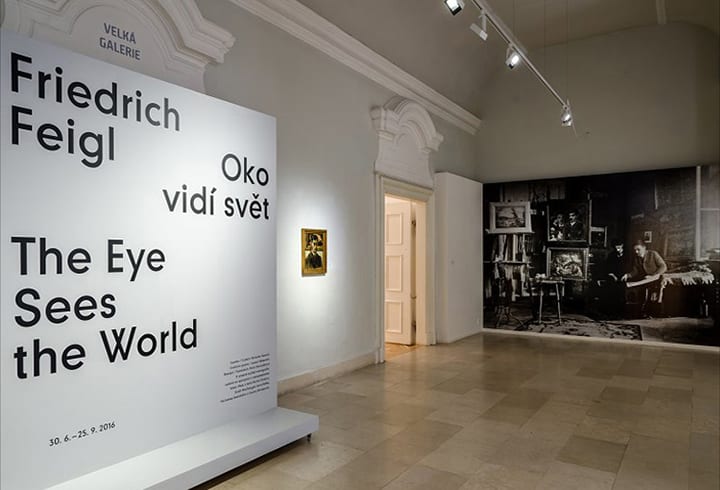


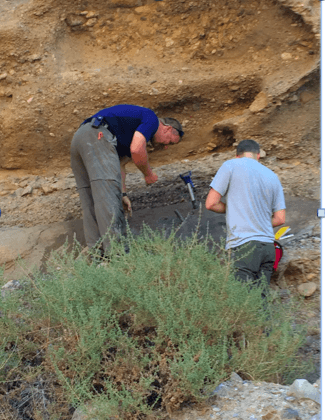
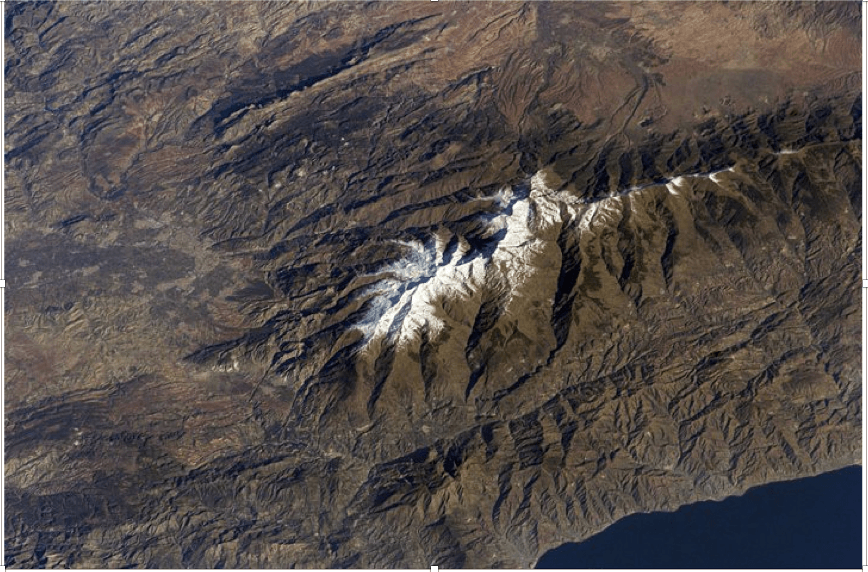

 large marble lions, and into the darkly paneled library to unearth old texts. The new British Library, situated several blocks away from the British Museum, opened in 1998. It exudes a beauty and light appropriate for this invaluable collection of 150 million items, including manuscripts, maps, newspapers, magazines, prints, drawings, musical scores, patents, sound recordings, stamps, and, of course, books. As the
large marble lions, and into the darkly paneled library to unearth old texts. The new British Library, situated several blocks away from the British Museum, opened in 1998. It exudes a beauty and light appropriate for this invaluable collection of 150 million items, including manuscripts, maps, newspapers, magazines, prints, drawings, musical scores, patents, sound recordings, stamps, and, of course, books. As the 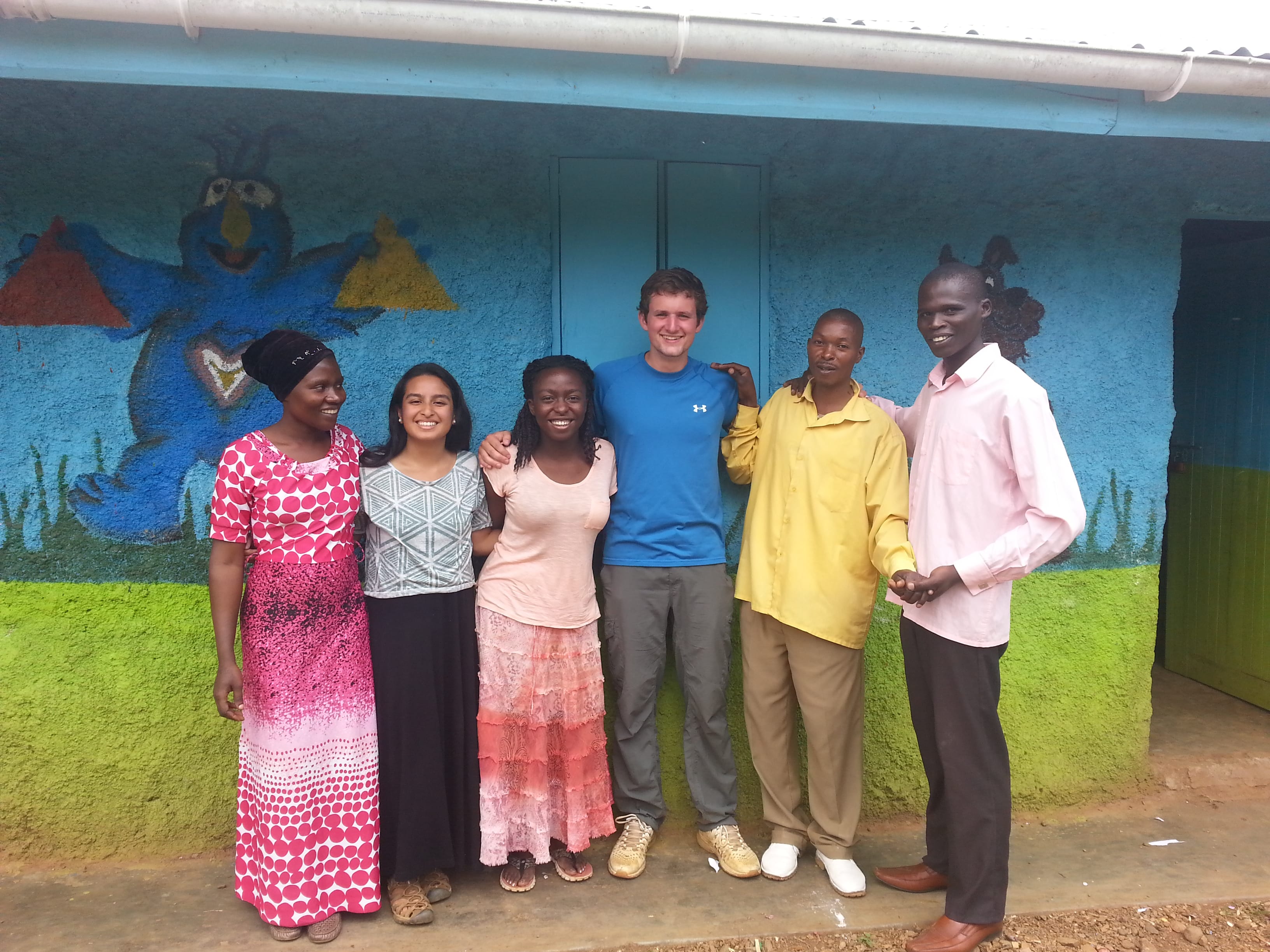
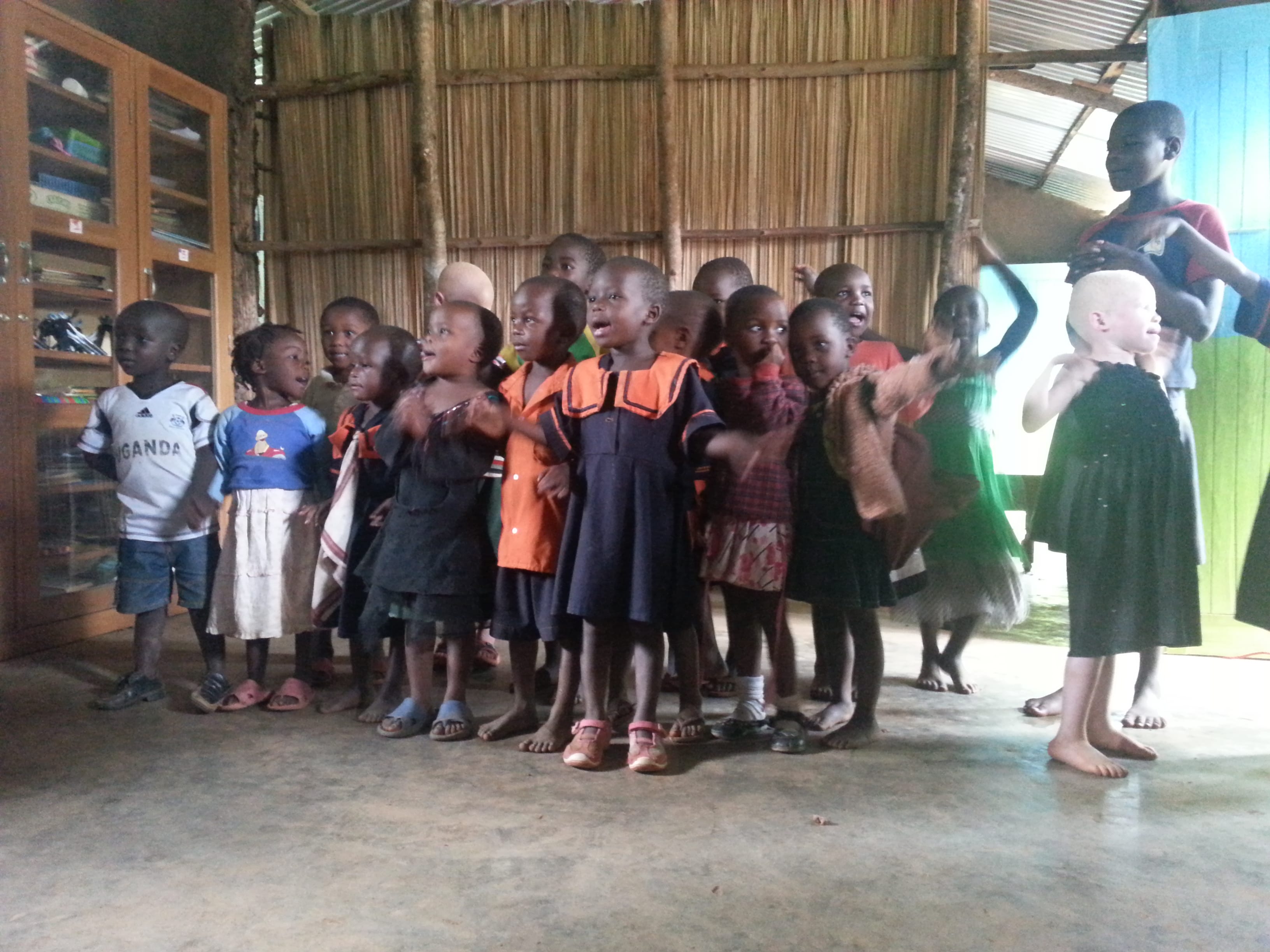 had to do with over-hauling the school budget. The Lehigh student visited about a half dozen other primary schools in Bududa for comparison, and was able to develop relevant recommendations for PDI Education Center concerning staffing, staff payment structures, changes to the school fees, etc. The PDI board of directors already approved his recommendations, so I am sure that his work will have a lasting impact on the school for years to come.
had to do with over-hauling the school budget. The Lehigh student visited about a half dozen other primary schools in Bududa for comparison, and was able to develop relevant recommendations for PDI Education Center concerning staffing, staff payment structures, changes to the school fees, etc. The PDI board of directors already approved his recommendations, so I am sure that his work will have a lasting impact on the school for years to come.

 people get the life-saving interventions they need. Every time another “patient” rolls in, I explain to them that I am not a doctor, but that I would be happy to transport them to the private clinic (and pay for their treatments). So far this year, the students and I have helped over a dozen people (mostly children) get to the private clinic on the other side of the district. There are no clinics in our village of Bubiita, and the nearest clinic is run by the government and faces “stock outs” of medicines for 3 weeks out of every month. So most don’t waste their time walking 2 miles to a public clinic without medicines and instead seek out our assistance, when they can, to get them to the private clinic.
people get the life-saving interventions they need. Every time another “patient” rolls in, I explain to them that I am not a doctor, but that I would be happy to transport them to the private clinic (and pay for their treatments). So far this year, the students and I have helped over a dozen people (mostly children) get to the private clinic on the other side of the district. There are no clinics in our village of Bubiita, and the nearest clinic is run by the government and faces “stock outs” of medicines for 3 weeks out of every month. So most don’t waste their time walking 2 miles to a public clinic without medicines and instead seek out our assistance, when they can, to get them to the private clinic.